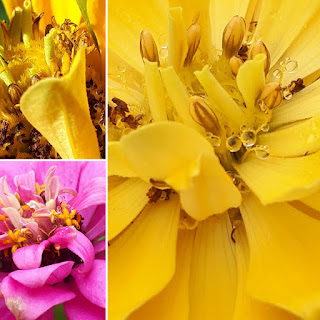Every being must eat.
What we eat varies due to personal preferences, ethics, financial ability, for in our world, food is a commodity and no pay, no eat, is the rule; culture and political and religious beliefs also play a role when we choose our fare.
Regardless of our food choices, the one choice that we cannot and usually do not want to make is to not eat. We eat or we die,
If we eat but do not get the nutrition that our body requires from the food we choose then we become ill. If we do not eat enough, even of good food, then we weaken and become ill.
In North America, we often complain of our fast-paced lives and how busy we are; this reality is well reflected in our food lifestyle, fast food dominates the food scene. Drive-thrus and delivery, microwaves, and frozen entrées have replaced cooking; which, along with growing our own food, is a basic survival skill.
How many people would suffer greatly, if they could no longer pick up or order in their supper or no longer pop something into the microwave and wait a few minutes for dinner?
How many days of food do you have in your pantry or storage cupboards? When was the last time that you preserved any food?
How long would your food last if the transportation system broke down and the food you buy was no longer on the grocery store shelves and the pizza place was out of dough?
North Americans have let the food supply system slip out of their grasp and the very item, the second most important need that we have, after air; water being the first, is in the hands of companies that are in many cases far away.
We can live for up to three weeks without food, but only 3 days without water.
Food is trucked, flown, and put in boxcars so that it can be shipped to its destination. How fresh can it be if it has been sitting in a container for 2 weeks before it reaches your plate?
Do you know how far your last meal traveled before it became a meal?
Tomatoes, for example, are being bred for their ability to travel rather than their flavour. So we get tomatoes that can travel but are tasteless.
Even the fast-food that we so dearly love relies on transport to deliver the bulk of what it serves.
Transportation requires the use of fossil fuels to power the truck that carry much of our food and the airplanes that fly in the foods from distant ports. The price of gasoline is rising in many places as is the price of food, they are connected.
The agriculture industry is one of the biggest users of fossil fuels, not just for transportation, but for the production of pesticides and fertilizers as well.
There is an episode of West Wing where President Bartlett is speaking to his chief of staff. The topic is the news that mad cow disease has raised its head in the United States. The President says and I am slightly paraphrasing this: “Often what we take for granted is the very thing that turns around and bites us in the ass”.
The conditions that the animals that we consume are kept in are all too often appalling, to say the least; this means that before they are killed they suffer. This reality is the reason that many people become vegetarians.
There are a number of food-based movements that are working to address food quality, local economies, and the sheer pleasure of preparing and sharing a meal with friends and family. The organic movement has become big business, the push to local food has drawn national attention and the slow food movement has spread across nations.
If we have any real interest in improving our quality of life, our environment and address issues such as poverty and hunger then we only need to look inside our cupboards and refrigerators and begin to change with what we put in them on shopping day.
Food is our common ground; we all eat so let’s give our next meal some thought.


























